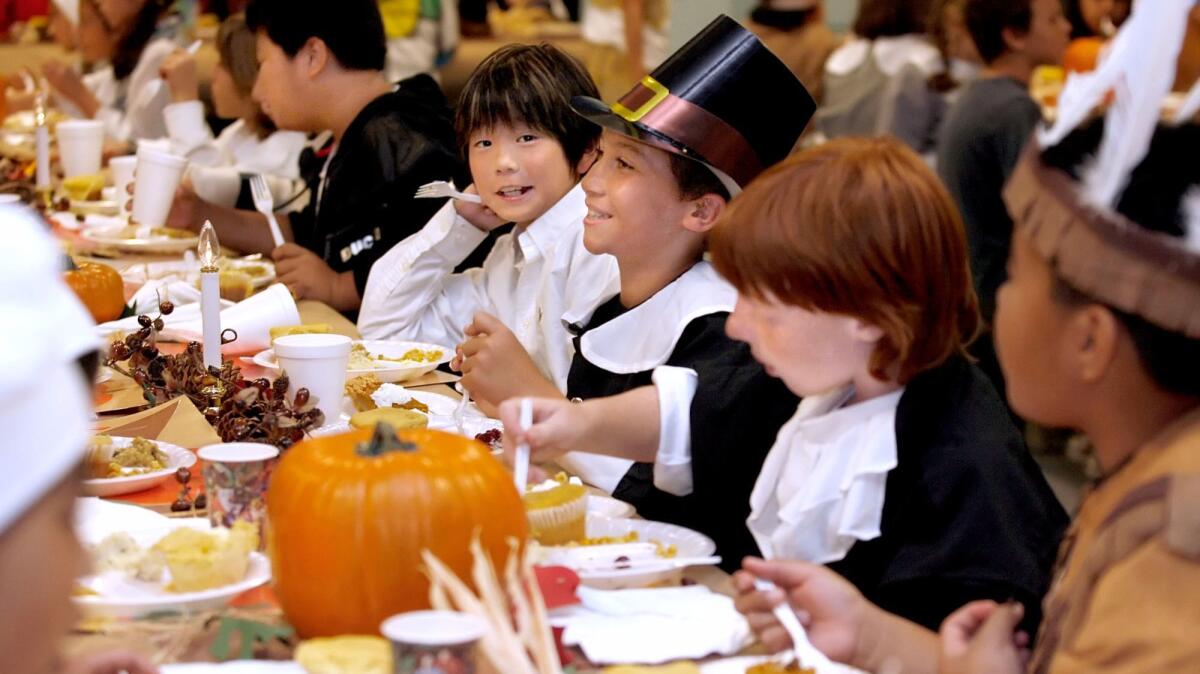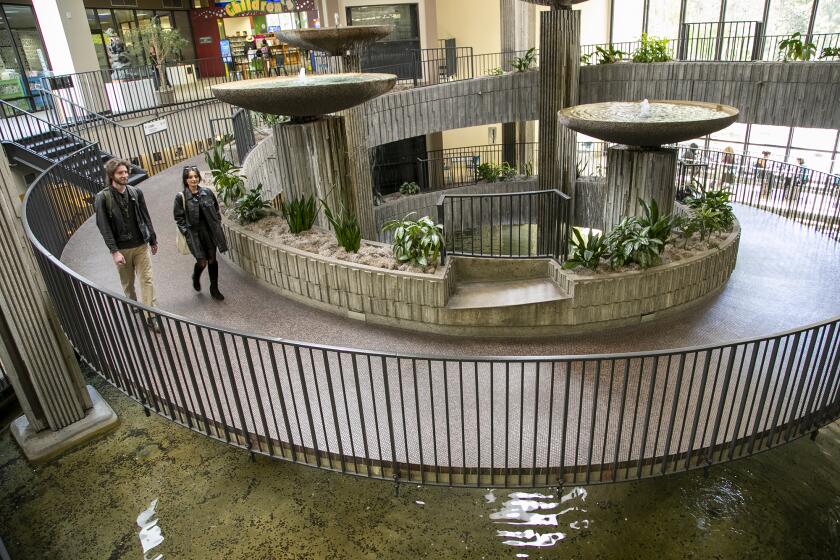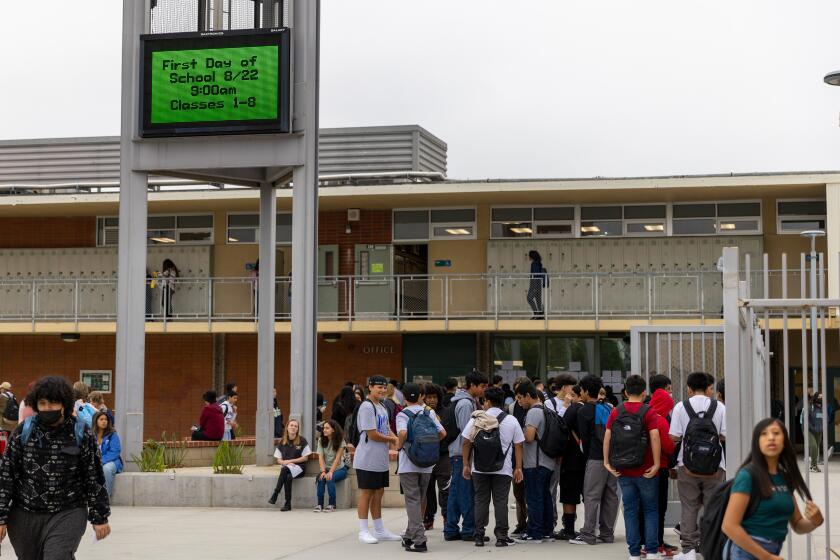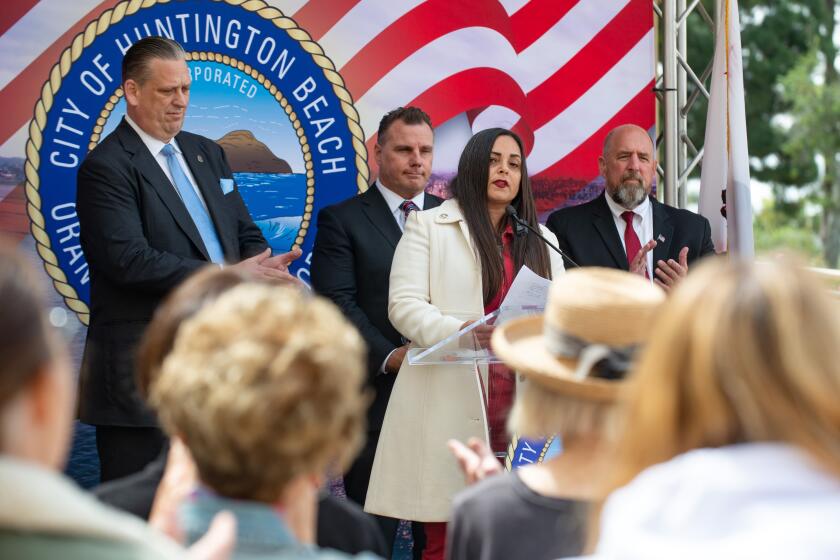Commentary: Thanksgiving is a good time for remembrance

Thanksgiving is a uniquely American holiday. It is a time for us to remember the faith, determination and hardship the Pilgrims faced in establishing themselves in the New World as they sought to create a godly city, “the city upon the hill,” so others could be inspired and follow in their footsteps.
It is a time to remember the hardship they endured and the joyous celebration they enjoyed with their friends and neighbors, the Wampanoag Native Americans, after their first harvest.
Their story began when King Henry VIII broke away from the Catholic Church to establish the Anglican Church of England during the early years of the Protestant Reformation. The Puritans were appalled by the corruption within the Church and thought that the Church could be “purified.”
The Separatists, a part of the Puritan sect, thought that this would be impossible because of persecution and power struggles. They wished to separate altogether, so a small group, also known as Pilgrims, moved to Leiden, Holland, in order to establish their own godly church.
They believed in reading the Bible for themselves in their own language (not in Latin); they believed in living godly loving lives; and they believed in living simply. Life in Holland, however, was hard. They could only retain the lowest paying jobs, their children were beginning to turn from their religion and many were elderly and dying.
So, after 14 years, they sold all of their worldly belongings and returned to England where they secured a charter (permission) from the king to establish a colony in the New World. They bought two ships, the Mayflower and the Speedwell, and left for the New World on Aug. 15, 1620.
But the Speedwell leaked so badly they were forced to turn back. When they set out a second time, they were off to a late start. Only 102 people, saints (Pilgrims) and strangers (non-believers), began their journey on the Mayflower.
It was a stormy eight-week trip across the Atlantic Ocean. The Mayflower was the size of a tennis court. With the rough seas, they had to stay below deck or risk being washed overboard. It was stuffy and stinky. Tar to seal the ship, chamber pots and seasick passengers all made it pungent.
Food rotted. Hot cooking was not allowed. And then the storms blew them off course. Their charter was no longer valid, so, before leaving the ship, they wrote the Mayflower Compact. This was the first known document where people themselves wrote a binding covenant to abide by decisions they made for the common good. It was a simple but important document in self-governance in the age of kings.
When they disembarked, the landscape at Provincetown was stark; a hard winter was coming; they had no inn to enjoy a hot shower, warm food or a cozy bed. There was no one to greet them and give them comfort.
That first winter of 1621, four out of 10 people died from starvation, scurvy and disease. The following spring they set about building their shelters to establish their community. Then they planted their crops and fished in the area.
One day, they met a Native American who spoke English. Squanto had grown up in the area, but he had been captured by a seaman and sent to Europe as a curiosity and as a slave.
He had lived in England so he spoke English and loved English beer and food. Squanto helped the Pilgrims survive and flourish in their new home.
The neighboring tribe was friendly and helpful as well, so after their rich harvest in the fall, they invited the Native Americans to come and celebrate with them. Ninety Native Americans showed up, but they brought freshly hunted meat and other delicious food.
They cooked and ate and played games. Capt. Miles Standish shot off the cannon for entertainment and for shock value. Everyone had a wonderful time. The festivities lasted for three days. At the end of winter, however, their food stores ran out, and they were forced to subsist on five kernels of grain during their “starving time.”
So Thanksgiving is a time for us to celebrate the abundance that we enjoy today. It is a day when family and friends get together to share an ample supply of delicious food. It’s also a day to play and have fun. And it is a day of remembrance.
SHERRY NORD MARRON is a Newport Beach resident with a Ph.D. in American studies. She is a former instructor at Orange Coast College and the University of Connecticut.
All the latest on Orange County from Orange County.
Get our free TimesOC newsletter.
You may occasionally receive promotional content from the Daily Pilot.



